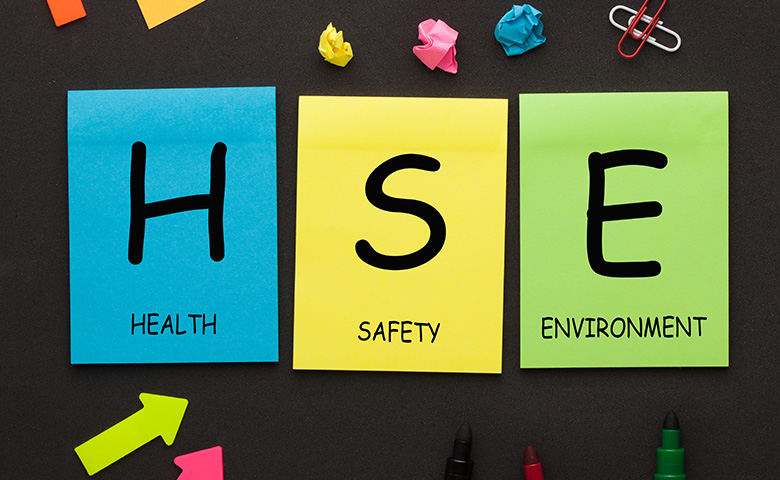At its core, safety in the workplace is the protection of employees from hazards that could lead to injury or illness. Those hazards could come from anywhere. For example, the HVAC is causing IAQ problems resulting in complaints from everyone in the building, or performing the YMCA actions on the construction site caused an LTI which made the TRIR increase. But while you’re busy trying to decode the acronyms widely used by safety professionals, are you losing sight of the process?
Many frontline workers have become complacent about the way things are done in their workplace. Unless an acronym directly impacts their job, they typically don’t concern themselves with it because it’s someone else’s responsibility and nothing bad happened because of whether or not they understood the acronym. Throw in some human factors like fatigue or rushing and there may not be enough time to break down what each acronym stands for, let alone how they’re used.
When it comes to hazard-related acronyms, it starts at the top with the most commonly known one: OSHA (Occupational Safety and Health Administration), the regulatory body that determines recommended practices for a health and safety program. OSHA requires employers to perform risk assessments and hazards analysis to determine what preventive measures to take/protective equipment to use. A hazard is the source of something that can cause harm. A risk is a situation involving exposure to hazards.
In order to determine what hazards may be present on a job, you first want to do a risk assessment for the entire job site. The risk assessment looks at the bigger picture of all operational risks—identifying the hazards, evaluating the risks, determining control measures and documenting the findings.
Next, you’ll want to take a closer look at job-specific hazards. This is where you’ll perform a JSA (Job Safety Analysis) or a JHA (Job Hazard Analysis)—there is much debate about whether these two things are the same or different functions. One thing is for sure, they both pinpoint hazards within a job to identify safety controls and rank the hazards in order of what needs attention first. This is meant as a preventive action to find hazards before they can cause incidents or injuries.
On the quest to reduce injuries, companies will often look to NMI (near-miss incident) reports. A near miss is an event that had the potential to result in injury, illness or damage. Combining this information with the JSA/JHA and risk assessment, companies can identify what area needs more attention in hazard reduction.
It’s hard not to engage in shop talk or use specialized language, especially in an industry like safety that uses multiple acronyms in any given conversation. In order to circumvent shortcuts, get all employees involved in the hazard prevention—even if it’s just a simple communication about the risk assessments, JSAs, JHAs, and the NMIs taking place. Safety will increase (and hazards will decrease) if more employees understand what’s going on around them. And remember, just because employees talk the talk doesn’t mean they understand it—it’s always a good idea to spell out those acronyms for those who might not encounter them in their daily tasks.

